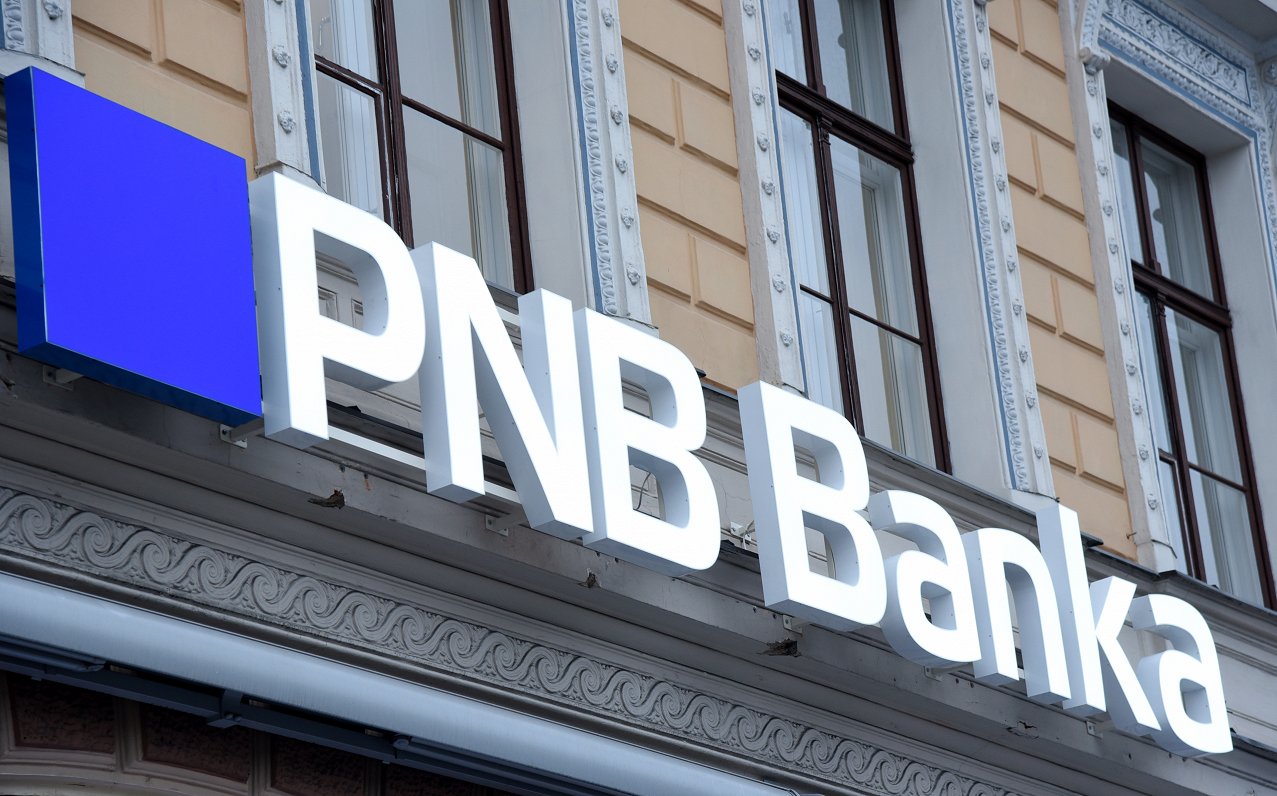The solidarity tax incentive is a returnable revenue compensation for middle-income and low-income families. As it is calculated premised on your scenario, the quantity of your payment will be determined by your living standards.

The state gives a returnable quantity to low-income workers through the “solidarity tax rebate.” Moreover, after demonstrating a percentage of the earnings, the state gives relief to residents. Individuals with Public welfare insurance bills must pay the Solidarity levy.
The cohesion levy is an MSSIC charged on earnings over the highest sum for social contributions, currently set at EUR 62 800, by:
- Companies;
- Workers; and
- Self-employed.
History of Solidarity tax
The tax was implemented in 2016. The Unity GST amount has been lowered from 35,09% to 25,50%.
The distinction between 2018 and 2019 is that the Mutual support levy in 2018 is established at the identical tier as the existing social safety commitment levels. During the fiscal year, the solidarity tariff is levied at a relatively similar price as the national insurance contributions. Nevertheless, in 2019, the Mutual support levy is set at 25.5%, which is lower than the existing percentage of 35.09% for pension payments. Also in 2019, the tax is levied at the same percentage as pension benefits during the revenue year. As a result, the overpaid amount is reimbursed to the company the following year.
The tax is levied on income that exceeds the highest level of social protection funding. In 2019, the annual limit was elevated to EUR 62,800.
The goal of this GST is to eradicate established negative externalities in the workforce taxation system and to equalize the tax liability on workers between high and low-income earners. This issue arose when the community investment limit was confirmed in 2014.
Tax is levied on all communally insurance covers staff, including self-employed individuals, whose salary in a calendar year exceeds the highest quantity of compulsory participation in legislated social security. Companies are liable to unity tax in the same way that they are required to provide workers national insurance payments.
Table 1, Solidarity tax rate distribution
| Category | 2016-17 | 2018 | 2019 |
| Solidarity tax | 34.09% | 35.09% | 25.50% |
| Employers pay | 23.59% | 24.09% | 14.50% |
| Employees pay | 10.50% | 11.00% | 11.00% |
If a company is not a participant in a sponsored pension plan, 10% is transmitted to a personal retirement fund. The unity tax portion of 10.5% is converted into an Individual Income Tax rate of 31.4% for staff.
Eligibility criteria
The qualifying requirements for unity revenue claims are simple. From July 2022 to June 2023, if you meet all of the requirements, you will receive a tax incentive on December 31:
- Must be at least 18 years old.
- You must reside with your parent, family, or guardian.
- A qualified authority recognized you as an individual miner.
- A Latvian resident or legal resident;
- A Latvian citizen’s partner.
Elements of the unity Tax Rebate
The unity tax incentive has three components:
- The housing element.
- The aspect for people residing in northern settlements.
Even if you are not qualified for these three factors, you can file for the tax allowance. These components and their eligibility is further detailed below:
The housing component
To earn the residential factor, you have to be able to demonstrate that you or your partner hold or rent a registered residence.
You should input the list of renters residing in your living space if you were a renter.
You must input the registration details or land records if you or your partner were the landlords of the home.
Individuals living in Nothern villages
The factor for residents of north settlements is intended to reimburse for the case that the living expenses in such an area are greater than in the rest of the places.







